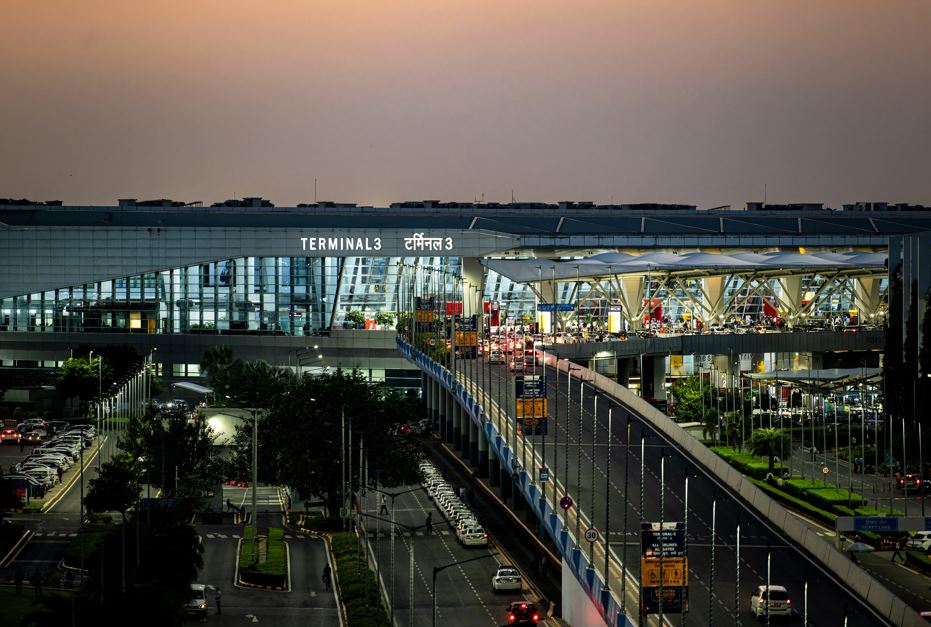
Circular Economy in Airport Infrastructure
The concept of a circular economy is gaining significant momentum across industries, offering a sustainable approach that challenges the traditional "take, make, dispose" model. In the context of airport infrastructure, this model is especially vital as airports face rising environmental concerns, operational costs, and resource constraints. A circular economy focuses on maximizing the lifecycle value of materials and minimizing waste through continuous reuse, recycling, and regeneration. This paradigm not only helps reduce costs but also strengthens the environmental and operational sustainability of the aviation sector.
Understanding Circular Economy in Airports
At its core, a circular economy in airports revolves around closing the loop of product lifecycles. Unlike the traditional linear economy that results in high levels of waste and resource depletion, the circular economy emphasizes long-term sustainability through resource efficiency, waste reduction, and eco-friendly innovation.
Key principles include:
- Resource Efficiency: Optimizing the use of materials and energy throughout airport operations to deliver maximum value with minimal environmental impact.
- Waste Minimization: Transitioning from disposal-based models to systems that encourage recycling, repurposing, and reduced waste generation.
- Design for Longevity: Creating durable, maintainable, and adaptable infrastructure that evolves with technological advancements and operational demands.
Key Benefits of Circular Economy Implementation
- Enhanced Sustainability: Airports are significant contributors to environmental degradation due to high energy use and material waste. Circular practices significantly reduce environmental footprints and support global sustainability goals.
- Cost Optimization: Minimizing waste and extending material life cycles reduces procurement and disposal costs, freeing up capital for other critical infrastructure investments.
- Better Resource Management: Circular practices equip airports to manage essential resources like energy and water more effectively, especially in the face of global shortages.
- Fostering Innovation: Circularity drives the adoption of emerging technologies for energy efficiency, waste management, and systems optimization.
- Improved Brand Perception: Demonstrating environmental responsibility enhances reputation and aligns airports with traveler and stakeholder expectations for sustainable operations.
Strategies to Drive Circularity in Airport Infrastructure
- Design for Disassembly and Reuse: Infrastructure such as terminals and baggage systems should be modular and designed for easy disassembly, repair, and upgrade. This ensures long-term usability and adaptability.
- Energy and Water Efficiency: Airports should invest in renewable energy sources, smart energy management systems, and water-saving technologies like rainwater harvesting and wastewater recycling.
- Material Recovery and Recycling: Implement systems to sort, recover, and reintegrate construction waste, electronic waste, and other recyclable materials into supply chains.
- Collaborative Supply Chains: Partner with vendors, contractors, and service providers committed to sustainability. Joint initiatives can drive circular procurement and process innovation.
- Smart Technology Integration: Leverage IoT, data analytics, and predictive maintenance tools to optimize resource usage, extend equipment lifespan, and reduce downtime.
Challenges to Adoption
- High Initial Investment: Transitioning to circular systems may require significant capital for new infrastructure and technology upgrades.
- Regulatory Hurdles: Some environmental regulations may not yet support circular practices, necessitating active engagement with policymakers.
- Supply Chain Gaps: Not all suppliers may be aligned with circular principles, creating challenges in sourcing sustainable materials consistently.
Future Outlook
The future of airport infrastructure will increasingly rely on circular economy models to meet sustainability mandates and remain competitive. The convergence of regulatory pressure, technological innovation, and public demand will accelerate this shift. Airports that lead in adopting circular practices will not only reduce their environmental impact but also enhance resilience and operational efficiency.
Conclusion
The circular economy presents a transformative opportunity for airports to redefine infrastructure sustainability. While the transition requires investment and collaboration, the returns in terms of cost savings, innovation, and environmental responsibility are compelling.
As Roy Sebastian, CEO of GEMS, aptly states:
"Sustainability in airport infrastructure is no longer a visionary ideal—it is a practical necessity. The principles of a circular economy provide a clear and actionable roadmap for building airports that are not only efficient but also resilient to the environmental and operational pressures of the future. At GEMS, we see circularity not as a disruption, but as an evolution of engineering intelligence—where every material, system, and process is designed to serve beyond a single lifecycle. Our commitment is to help airports move from linear consumption models to regenerative ecosystems that conserve resources, lower costs, and set a new standard for sustainable aviation infrastructure."
For support in making your airport more circular and future-ready, connect with us at Rohitkumar.Singh@gmrgroup.in or +91 97171 99753.
If you need any services, drop us a mail at Rohitkumar.Singh@gmrgroup.in or get in touch with us at +919717199753.
